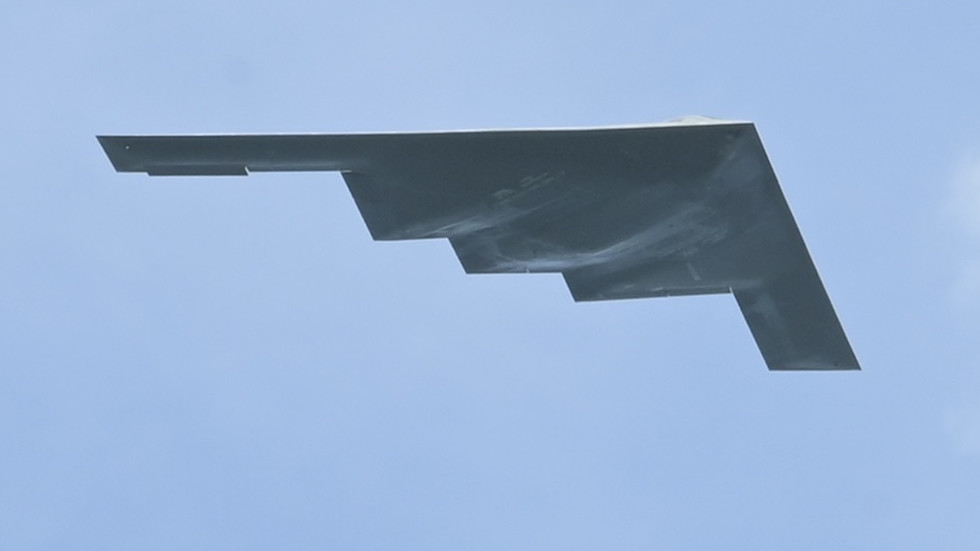Published on 19/06/2025 - 17:14 GMT+2
ADVERTISEMENT
The use of a powerful American “bunker bomb” against Iran’s nuclear facilities continues to weigh over the country’s conflict with Israel.
CNN reported that US President Donald Trump is warming to the idea of using military assets to strike Iranian nuclear facilities and that he is “not much in the mood to negotiate with Iran”.
One of the potential weapons that the US military has at its disposal, the GBU-57 A/B Massive Ordnance Penetrator (MOP), could reach one of Iran’s key nuclear sites, which is buried deep in a mountain.
Iran’s deputy foreign minister, Kazem Gharibabadi, said on state TV on Thursday that Iran “will have to use its tools to both teach a lesson to aggressors and defend its national security and national interests,” if the US decides to intervene in the conflict.
What is the ‘bunker bomb’?
The GBU-57 MOP is a weapons system that is designed to attack “hard and deeply buried targets such as bunkers and tunnels,” according to a 2024 US Air Force report.
An archived fact sheetfrom the US Defense Threat Reduction Agency (DTRA) says it is a “30,000 pound (13.6 tonnes) class penetrator bomb,” that is approximately 20.5 feet long and has a diameter of 31.5 inches.
The DTRA said the weapon can carry over 5,300 pounds of explosive material and delivers “10 times” the explosive power of its predecessor, the BLU-109.
The Air Force Research Laboratory (AFRL) first contracted Boeing for the MOPs in 2004 with an initial contract worth $30 million (€26.2 million). The weapon was developed in three stages, the DTRA continued.
The Air Force received the first bombs for testing in 2011, according to a report from the San Francisco Chronicle.
The ordnance has been tested at the White Sands Missile Range, a military base in the US state of New Mexico.
Why would the US use the bomb?
The Fordo Fuel Enrichment Plant (FFEP) is buried deep under a mountain near Qom, Iran, and is believed to be one of Iran’s key uranium enrichment facilities for it's nuclear weapons programme, according to Heather Williams, director of the project on nuclear issues at US-based Center for Strategic & International Studies (CSIS).
Rafael Mariano Grossi, the IAEA’s director general, said on June 16 that there is so far no damage to the Fordo site, unlike the one at Natanz, which saw its pilot fuel enrichment plant destroyed.
A recent report from the International Atomic Energy Agency (IAEA) estimates that 166.6 kilograms of 60 per cent enriched uranium of the total 408.6 kilograms that Iran has at that enrichment percentage was produced at Fordow.
Uranium needs to be enriched to roughly 90 per cent to become a nuclear weapon but experts have previously said that Iran could create weapons at 60 per cent enrichment.
Israel lacks the ordnance to take out Fordow on its own, but “multiple strikes” from the US GBU-57 that are mounted on B-2 bombers “could destroy the facility,” Williams said.
If President Trump decides to use the GBU-57, it could “constitute direct support for Israel and have the potential to escalate and drag the US into another war in the region,” Williams wrote.
There are other options that Israel could use to get to Fordo, Williams continued, like continual strikes at the facility by GPU-28 or BLU-109 weapons that can burrow into a target and could target above-ground entrances or exits to the facility.

 4 hours ago
2
4 hours ago
2









